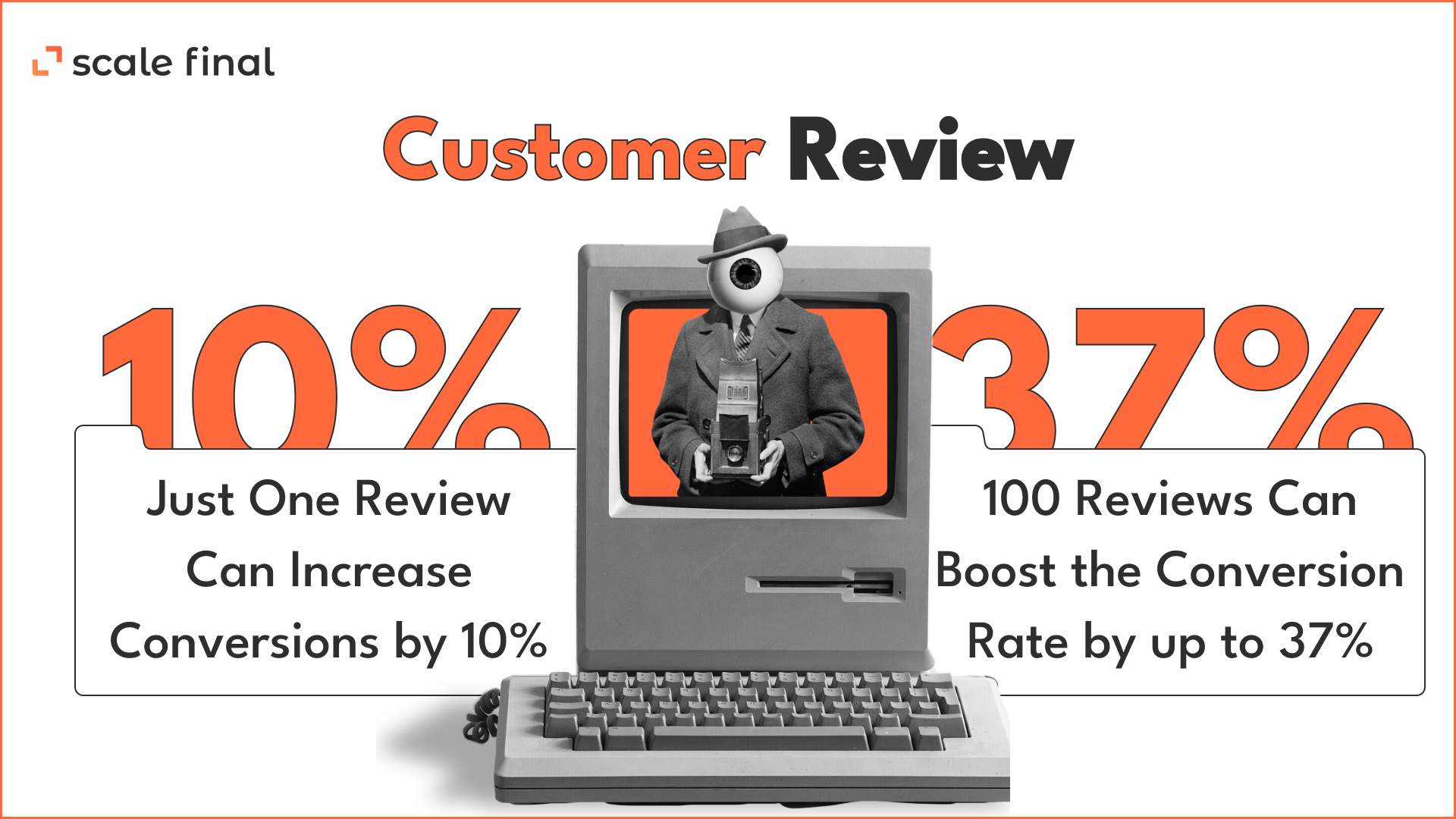Home • Blog • Landing page that converts: The winning formula
Landing page that converts: The winning formula
What if we said there is a proven formula for a landing page that works, regardless of your niche?
Of course, to create such a page, you need a clearly defined goal. This is quite simple for such pages: to turn Internet walkers into buyers. There is an essential difference between homepages and landing pages: if the first one makes your visitor explore your offer, the second one is there to trigger a targeted action.
In other words, landing pages are the weapons of your marketing strategy.
The perfect page structure would be the one that sells with high conversion rates and where people can decide quickly and smoothly – they want your service or product and are willing to spend money on it.
Let’s break it down into certain necessary page blocks.
Important notice before creating a landing page

- 1 landing page = 1 main target action. If you want everything at once, the homepage is for that. If there are multiple actions you want your visitors to take, create several different landing pages. With one caveat: There can be multiple versions or package solutions of just one product for landing pages.
- Landing pages should focus on a specific target audience. Selling the same product to different audiences with a single landing page is impossible. You need a completely different approach, offers, designs, and information blocks. It’s important to keep this in mind so that the needs of different target groups are covered.
Hint: Check our CRO From Scratch. Part 3. There are related stats in Create More Landing Pages section. Hubspot data shows that companies with 10 landing pages generate 55% more leads than companies with 5 landing pages.
Block 1: Pitch your product
The first block is the most important. Place the pitch and your offer at the top of the landing page. It should answer the following questions:

- Why does my customer need this product?
- Why now and what pain point does it cover?
- What is the unique selling proposition?
In practice: There should be a clear headline, a subheading (if necessary. DON’T repeat yourself), and an interesting and catchy unique selling point.
After this block, gradually take the potential customer to the information funnel, which should lead to a purchase.
Block 2: About your product
Highlight the special features of your product:
- What is it?
- How was it made?
- How much does it cost?
The star of this block is a good picture of your product. The text is also important, but make sure the information isn’t cluttered.
Learn more about media formats that can help convert a visitor into a buyer in our post: Neuromarketing is Gold?
Block 3: Product benefits
What is your customer buying with this product? In this block, you explain how your offering differs from other competitors and products; what your advantage is in the market; what pain points your product covers.
Block 4: Customer review
If a person isn’t familiar with the nature of your product, this block is pure gold. Even if they’re familiar with a product, reviews from real people influence potential customers the most. If you can place video testimonials, you should choose the ones that most vividly explain the value of your product.
If you have them in written form, place short ones, no one wants to see long posts on landing pages.

Block 5: Personalize the offer
Let the customers recognize themselves. You need to take the description of your target audience and choose the most important points from it. In practice:
- Those who are tired of doing the activity that this product solves every day;
- Those who want to solve a specific problem that this product solves;
- etc
It’s important that each sentence hits the pain point exactly. You need to convince the person that your product is exactly for them.
Block 6: About your business
The next block should contain information about you. State your success in numbers, such as:
- Achievements,
- Completed projects,
- Solved problems,
- Number of customers
- Years on the market
Give numbers to prove the worth of both your business and this specific product.
Block 7: Detailed info about the product
Immerse the person in detail about your product. For example, if you have an educational product, you could demonstrate it in this block. For example, Add the curriculum and the content of the course.
To make it even more convincing:
Testimonials, talk about cases, partners of the company, proof figures, what was successfully implemented, satisfied customers, thank you letters.

Block 8: Customer journey
Each product takes a person from point A to point B, so in the next block, describe how the client will pass this journey. Show the stages:
- What they receive immediately after buying your product;
- How they’re contacted;
- What they have to do;
- etc
Block 9: Repeat product price info
If there are many blocks on the page, you can repeat the product price information several times with CTA buttons.
Block 10: Frequently asked questions
People may have questions, or you think there is something that may stop them from ordering. Put those questions at the bottom of the page. For example:
- What if it doesn’t work?
- What if they don’t like it?
- Why this price?
- What is the return policy?
Show the person that there can be fears, objections, doubts, and contradictions. By doing this, you can immediately resolve a number of contradictions in the person’s mind.
Author
-
 UI UX Product Designer
UI UX Product DesignerI have five years of experience working as a UI UX designer. I was part of a team in various large companies and projects. I have extensive pool of knowledge that helps me to achieve and comprehend more in my line of work.
View all posts






